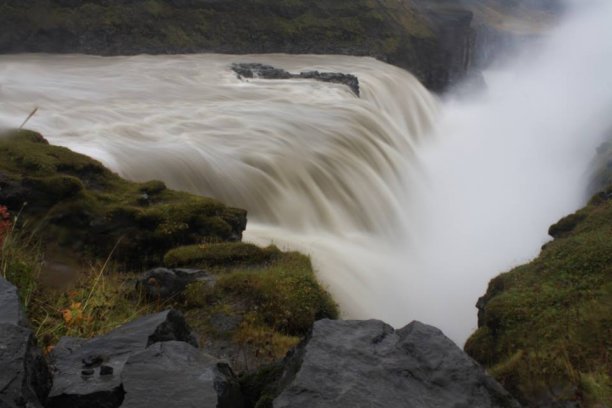Ghosts in Reykjavik
Last October, I visited Reykjavik. If you’re jealous, you should be: Iceland is as charming and ethereal as every IcelandAir advertisement would lead you to believe. I swam in electric blue thermal springs, went on a whale-watching tour, and chatted with a local about that time he saw Bobby Fischer buying new shoes. I stayed up every night to watch for the aurora, and every night was thwarted by a tumultuous blanket of clouds, symptom of the fevered shift in seasons — somehow, that was charming, too.
Some highlights of my visit:



No, I did not stop for a Texasborgar at the Texasborgarar. Yes, I regret it.
My trip to Iceland was not just a vacation, however; it was a pilgrimage. While I indulged in the uncomplicated joy of exploration (and the early stages of hypothermia), the true reason I had made my journey was to visit a single, lonely house overlooking the Reykjavik bay.

The Hofdi House is allegedly haunted — when you arrive at the large, well-cared for, but empty lawn that surrounds it, you sense that unearthliness. The dark windows reveal an interior without inhabitants, but you can imagine that the lights were turned off just moments before. You circle the house, unable to shake the feeling that someone is waiting just around the corner.
Two ghosts in particular were on my mind that day: Ronald Reagan and Mikhail Gorbachev.
On October 11-12, 1986, the Hofdi House hosted a summit between the Cold War superpowers. Iceland was chosen as a location because the island represented a literal middle ground between Moscow and Washington — neither giant would have to stretch too far toward the other.
In the history of diplomacy, the Reykjavik summit stands apart; not before and not since did the Cold War superpowers meet in such frank and open circumstances. Without talking points, without agendas, Gorbachev and Reagan sat together in the elegant but cramped Hofdi House, drawn together in their determination to enact massive nuclear weapons reductions, to exorcise forever the spectre of nuclear war that had darkened the century.

Reagan and Gorbachev’s weekend in Iceland changed the world. As we look back from the 30-year anniversary of the Reykjavik Summit, we can see the impressive gains of their diplomacy: after the summit, Reagan and Gorbachev coordinated to sign the Intermediate Range-Nuclear Forces Treaty (1987) that eliminated an entire class of nuclear weapons. That success was soon followed by the first Strategic Arms Reduction Treaty (1991), which is still in force today. Since the Reykjavik summit, U.S. and Russian nuclear arsenals have continued to decline from the absurd peaks of the Cold War.
Perhaps most importantly, the Reykjavik Summit legitimized nuclear abolition as a reachable objective and not just a pipe dream. The two most powerful men in the world met to share their vision of the world without nuclear weapons and to take steps towards that world, blazing a trail that would last for decades.
The story of the Reykjavik Summit deserves celebration, but there is also a tragedy to be mourned. Despite the gains of the following decades, Gorbachev and Reagan failed to seal the most important deal on the table: the complete elimination of nuclear weapons. These men felt the call of history and the urgency of their task, but they were unable to move beyond human, emotional responses to a minor obstacle, the Strategic Defense Initiative (SDI, or Star Wars). Reagan felt a romantic attachment to the nascent missile defense program, Gorbachav an exaggerated horror. Neither could look beyond their narrow, short-sighted perspectives.
Two men, facing the greatest leap in human history, stumbled over a small and ultimately inconsequential detail. George Schultz, Reagan’s Secretary of State, had tears in his eyes as he informed reporters that the deal had fallen through. The world, which had watched with baited breath, woke up to defeated headlines. No deal.
The Hofdi House is haunted by the ghosts of Reagan and Gorbachev, surely grieving for the brief moment that they stood on a fulcrum that could move the world. Of nuclear weapons, former U.S. President Kennedy once warned that “every man, woman and child lives under a nuclear sword of Damocles hanging by the slenderest of threads.” Reagan and Gorbachev had a unique chance to forever beat that sword into a ploughshare, and they failed to seize it.
The sword of Damocles still hangs over their children, and their children’s children. If we fail to act — if we submit to the limitations of our singular, human perspectives — that sword will hang over our children as well.